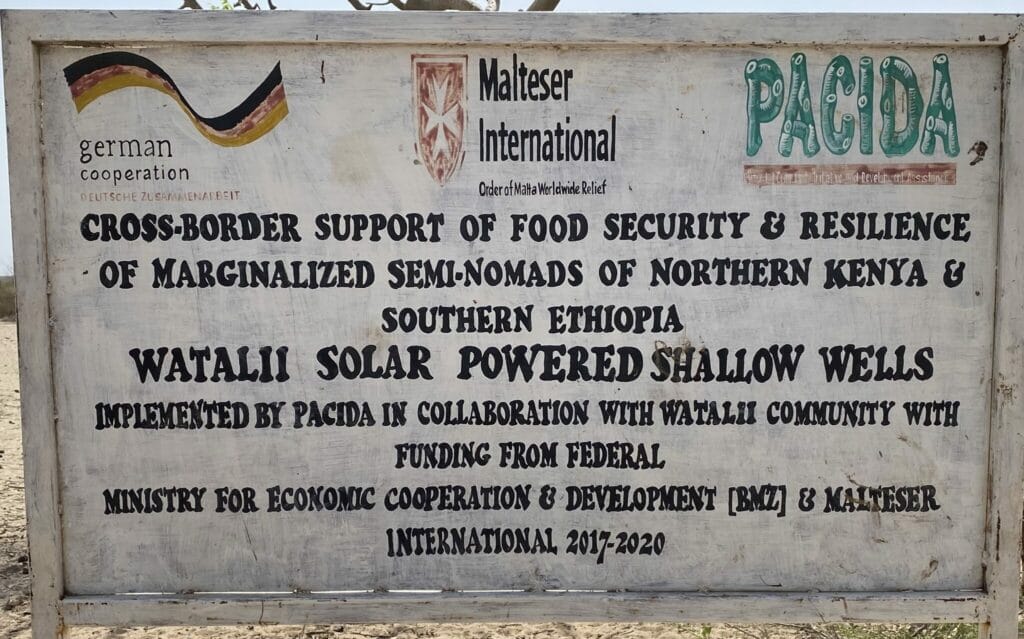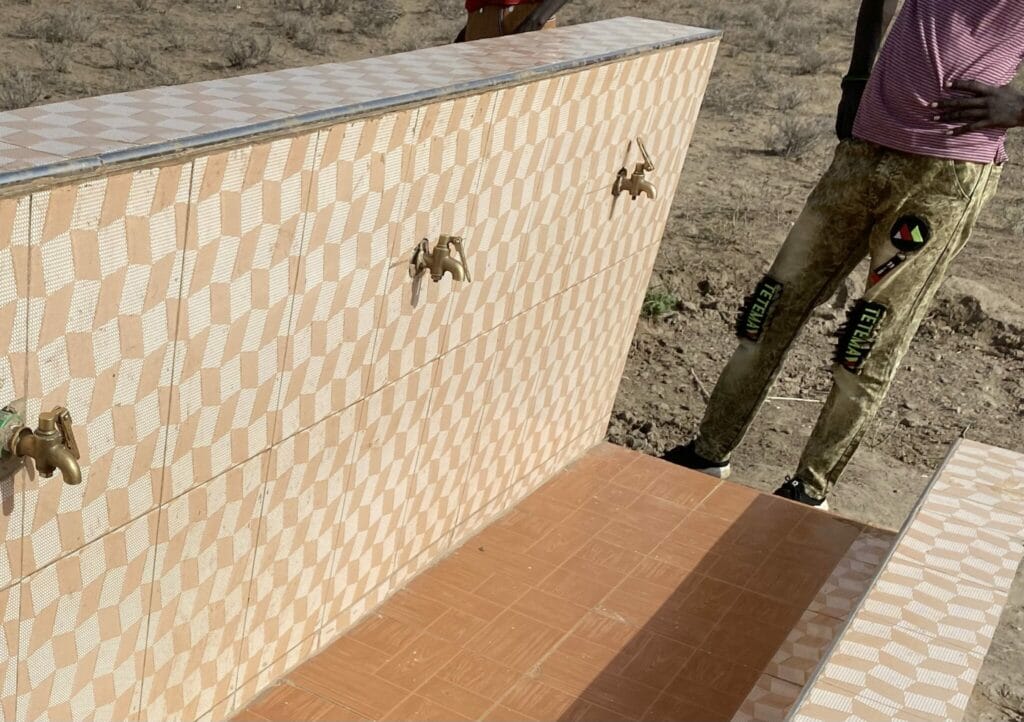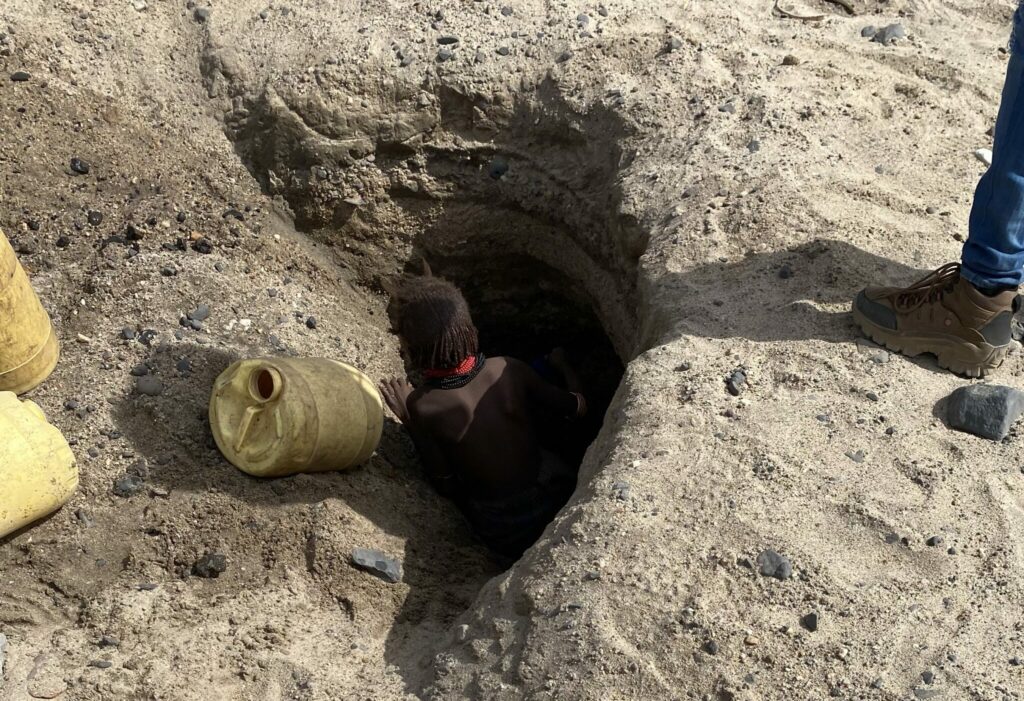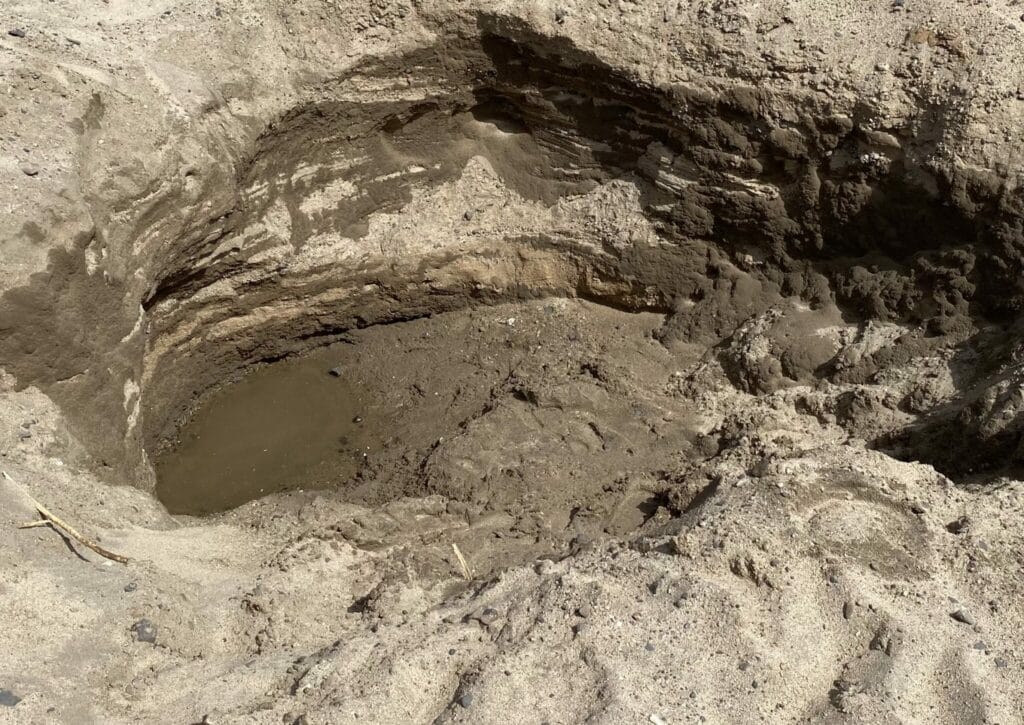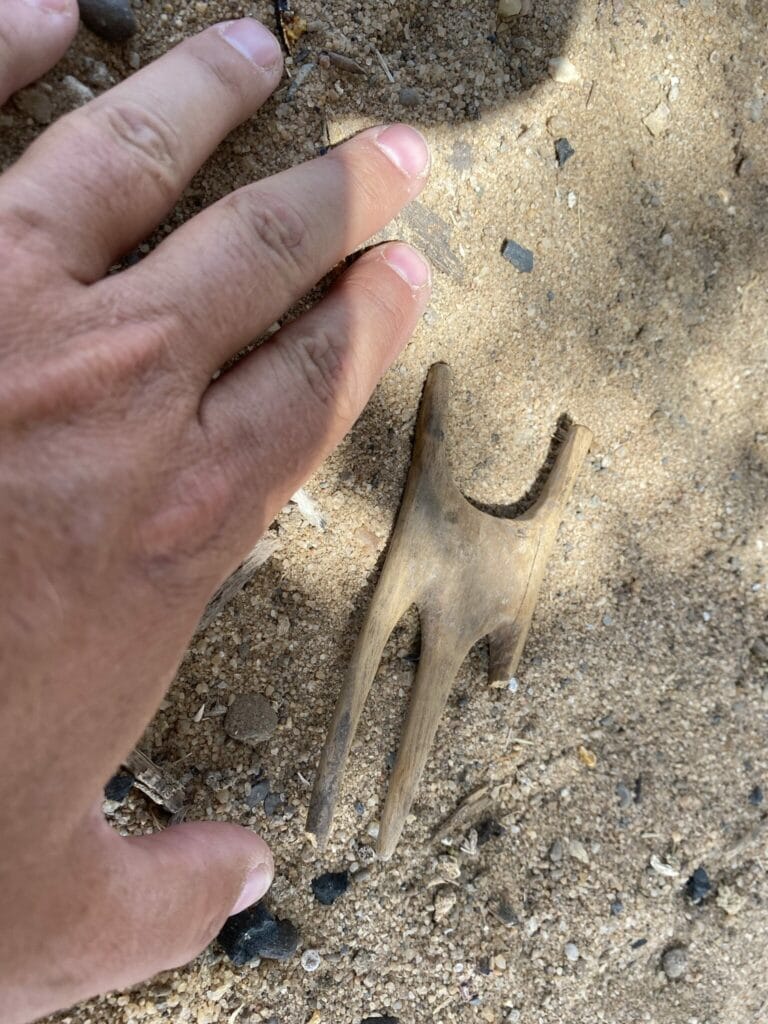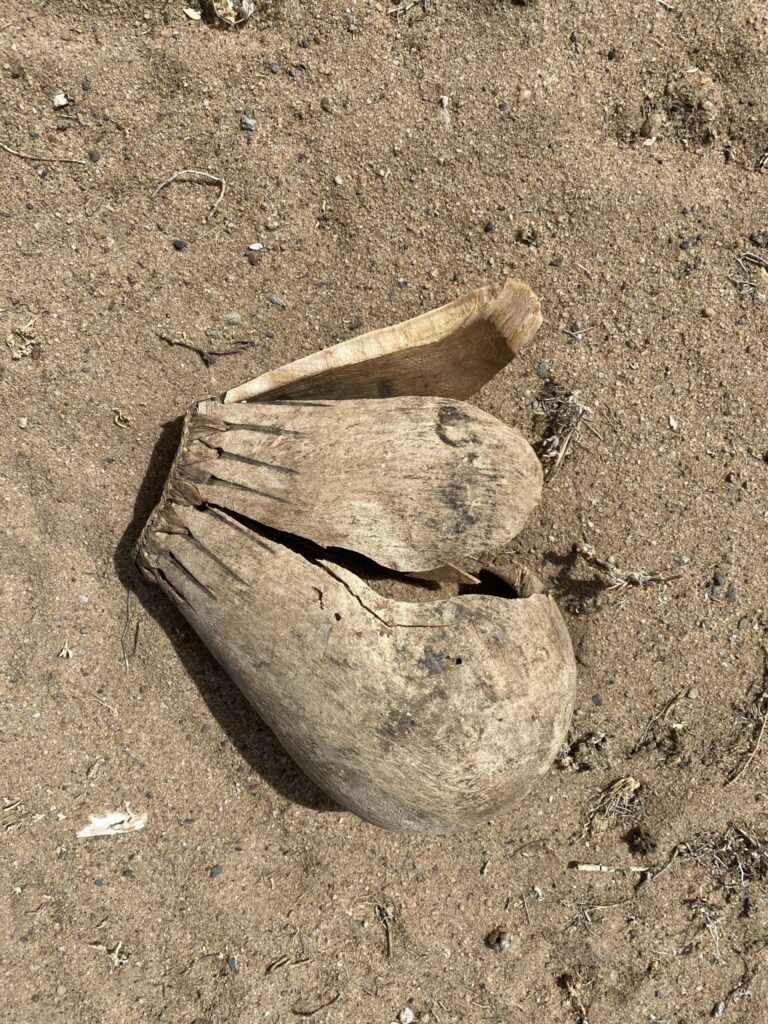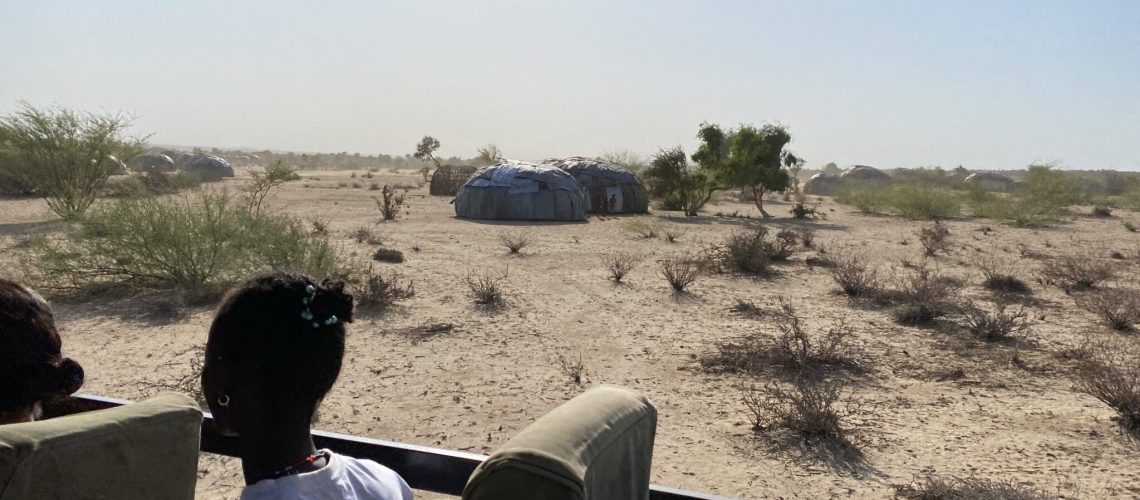June 30, July 1-3
Today I team up with the human biology group again collecting data. We will be relocating to a village called Watali A. The A is there because there are two of these villages thus the notation of an A or B. ******Update, once we got to the village we realized the house they had set up for use would not work as it was not big enough for all the equipment and the separation of all the subjects. The Daasanach have been informed not to show up if sick, however that does happen from time to time so we try to keep the people far enough away from each other to minimize the spread of any illnesses.
One of the main questions being addressed by this extensive longitudinal study is the following: how do the Daasanach meet their water needs in an extreme environment given the water here contains naturally high levels of salt and waterborne pathogens? This is not a simple question as it involves not just physical health but also mental health. Heat stress, water insecurity, food insecurity, harsher dry seasons (climate change) and some shifts from pastoralism to a more sedentary lifestyle ALL pose direct challenges to their 4,000 year historic life in the Turkana basin.
For example the height, weight etc measurements are to draw insights into how the affects of environmental pressures (lack of purified water for example) can affect the growth of children which can be seen in adults or at specific stages throughout development.
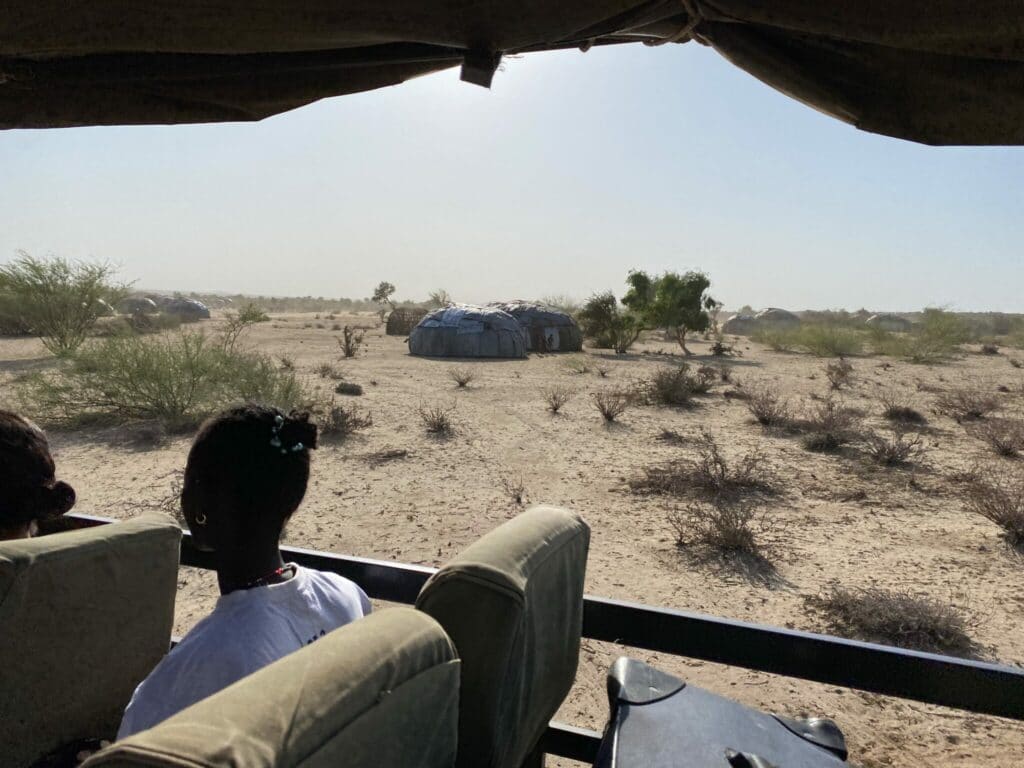
I must say now that the Daasanach people are not an impoverished people but they do face direct challenges to accessing clean water simply due the the natural geology of the area and sharing water sources with livestock. Recent droughts, current one going on two years, have devastated many livestock herds, especially the cattle. In fact I have only seen a couple cattle while here, which I discovered was because MANY cattle died along with many goats due to the extreme drought. In fact when we were at Mpala research ranch an elephant had died recently due to the drought. So currently the Daasanach are facing food, water, physical and mental health insecurity due to the severe drought and conflicts with the neighboring Gabra people.
July 1st. This is my first day staying at camp while others go to the field. One of the challenges to working in the field is heat exhaustion, dehydration, community spread of colds etc, and even water/food borne illnesses. So last night I skipped supper due to feeling under the weather and had a high fever throughout the night. This morning I am better but out of caution I have isolated and will be staying at camp today. Over the past few days we have had 5 people come down with gastrointestinal problems, 3 of which were severe enough to cause dehydration. We have a nurse on staff so everyone is in the mend, even the 2 of the 3 who have been out for 3 days recovering. This morning I learned 3 others had high fevers last night as well. This may seem scary to some but this is part of working in a remote location, sleeping in tents and working in the sun and heat from 8am until 5pm or later. There are breaks of course but it can really wear down even the most robust young person. I’m NOT as young as these students but I’m happy to only have a slight setback for hopefully one day.
One positive aspect of staying at camp today is that my teacher counterpart, Chelle, will stay behind as well so we can get some lesson planning done. We have been so busy collecting data and working with the research we have not had a chance to plan. The idea of lesson planning in the remote village of Illeret may sound odd, but I am exciting for the opportunity. I’ll update how the planning goes today later, once all teams have departed for the day and the work can begin.
Today was a very productive day. We outlined 4 lesson plans in which one large plan divided into three separate plans and the 4th will also divide into 3 separate lesson plans. So the next time we get to work on the plans we should have 6 plans with 4-5 viable by end of research trip and 1-2 viable after data is finished and numbers crunched back in the states a few months after returning.
July 2nd, 2022. Water testing today. I’m on the mend and ready for the field. We leave a bit later than normal since we are visiting hand dug pit wells or a standpipe borehole drilled to about 200 meters deep which is the main source of water for human and livestock alike. The tests are simple tests to look at pathogens and chemical composition. Most rural families in Nebraska are familiar with testing well water for E. coli or nitrites/phosphates. Back in Nebraska fertilizer run off and ground water contamination is a real concern as is fecal matter from septic tanks, cess pools or lagoons. Local NRDs often have “Test your wells” nights/days where locals can bring water samples in for free testing.
After the testing of wells the afternoon was devoted to data entry and I also got some lesson planning done as well as beginning interviews of the staff and students.
July 3, 2020. Today was a half day for some of the camp but to one of the land rovers or trucks was out of commission. So we had some shuffling of teams to get some work done. I worked at a recently abandoned Boma site due to the extreme drought. The Daasanach around here have lost so many livestock that many have reverted to fisheries to survive. The reason for studying a recent abandoned Boma is to document the recycling of materials into other active Bomas and the general decline (succession) of the man made structures and the surrounding vegetation/soil.
This examination of the recently active Boma helps provide insights into Bomas that have been abandoned for many years. Looking at the past and present allows scientists to create a more complete story of the landscape, the animals and the people.
